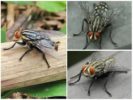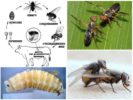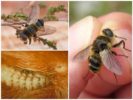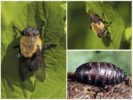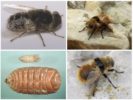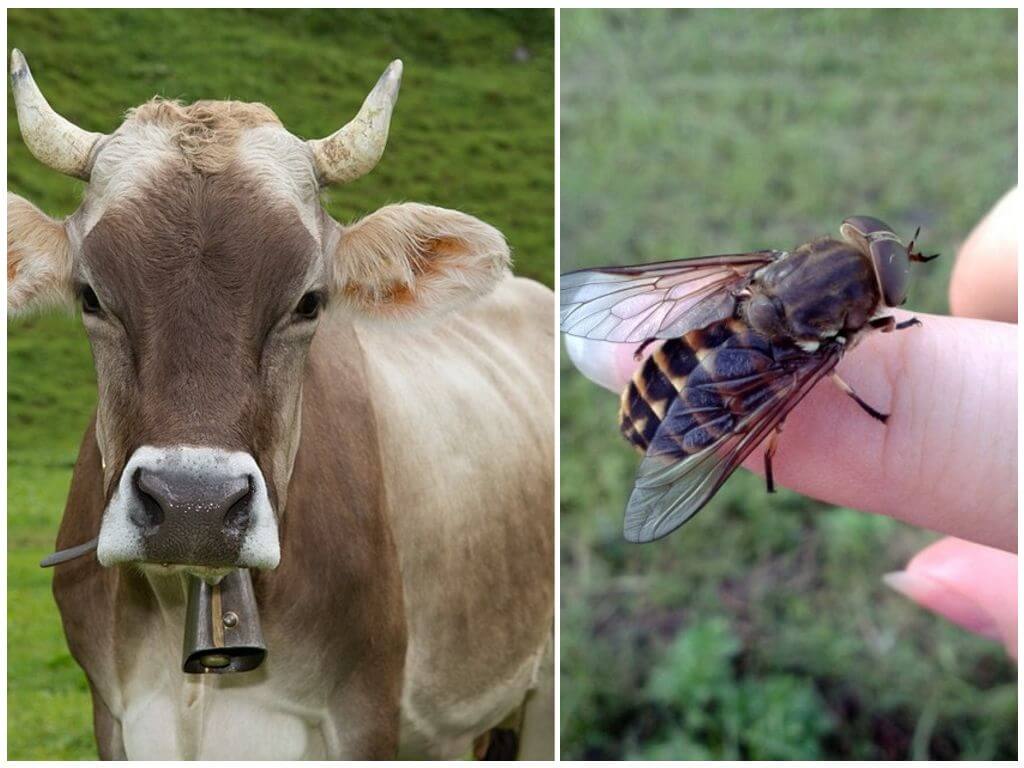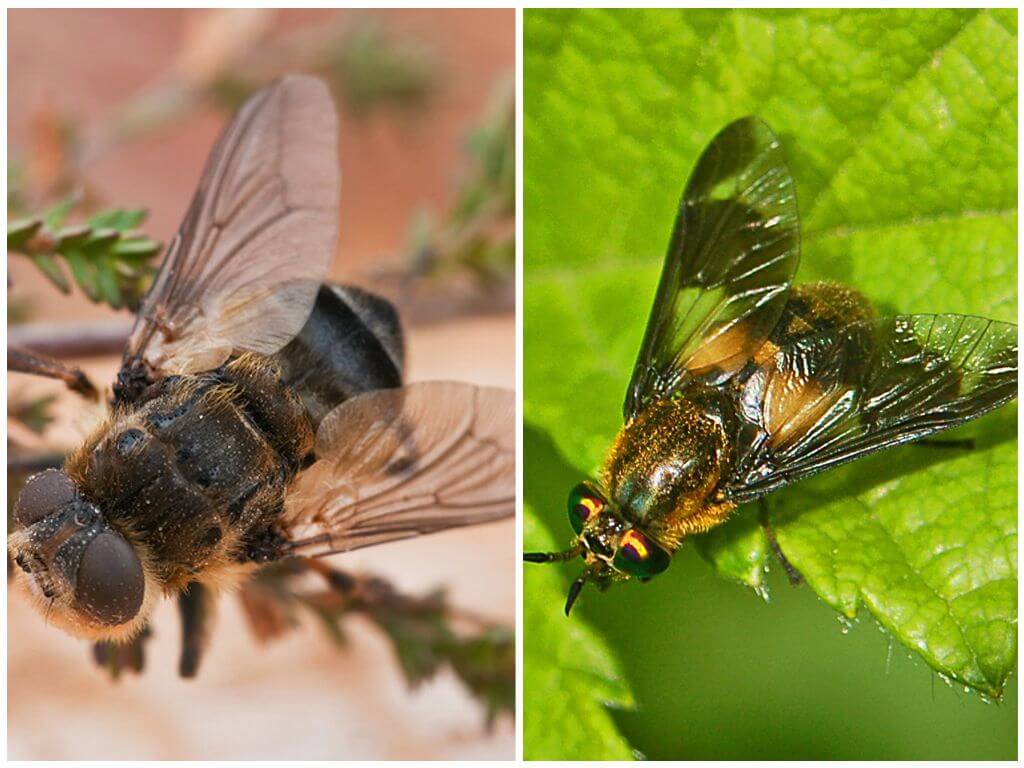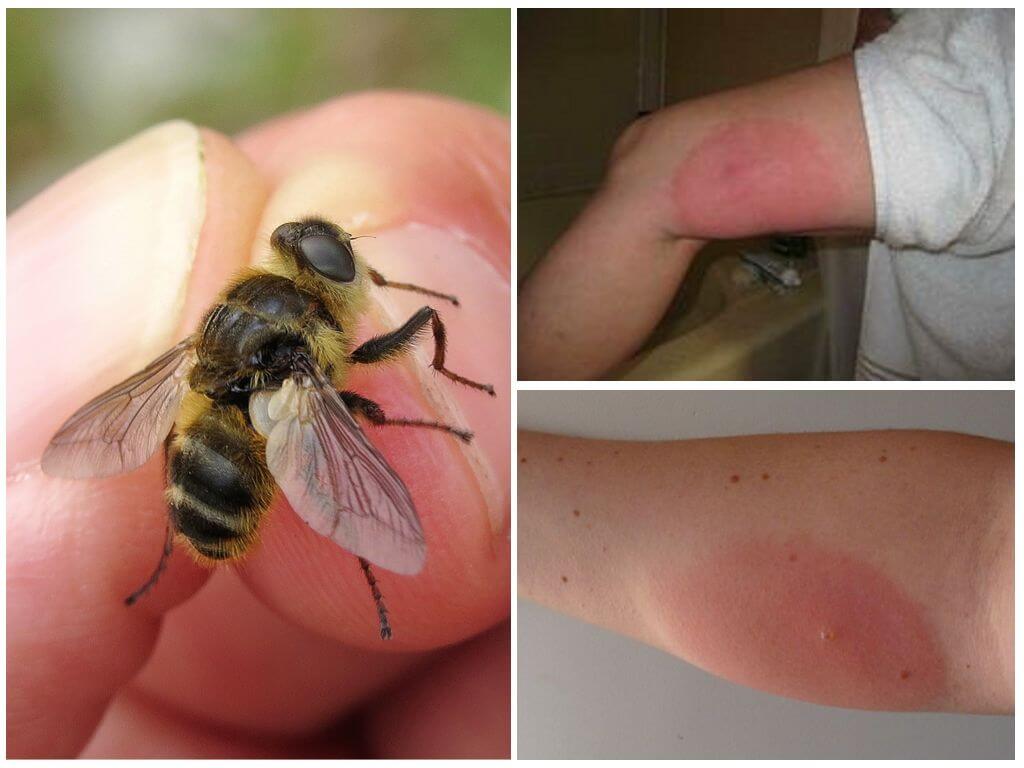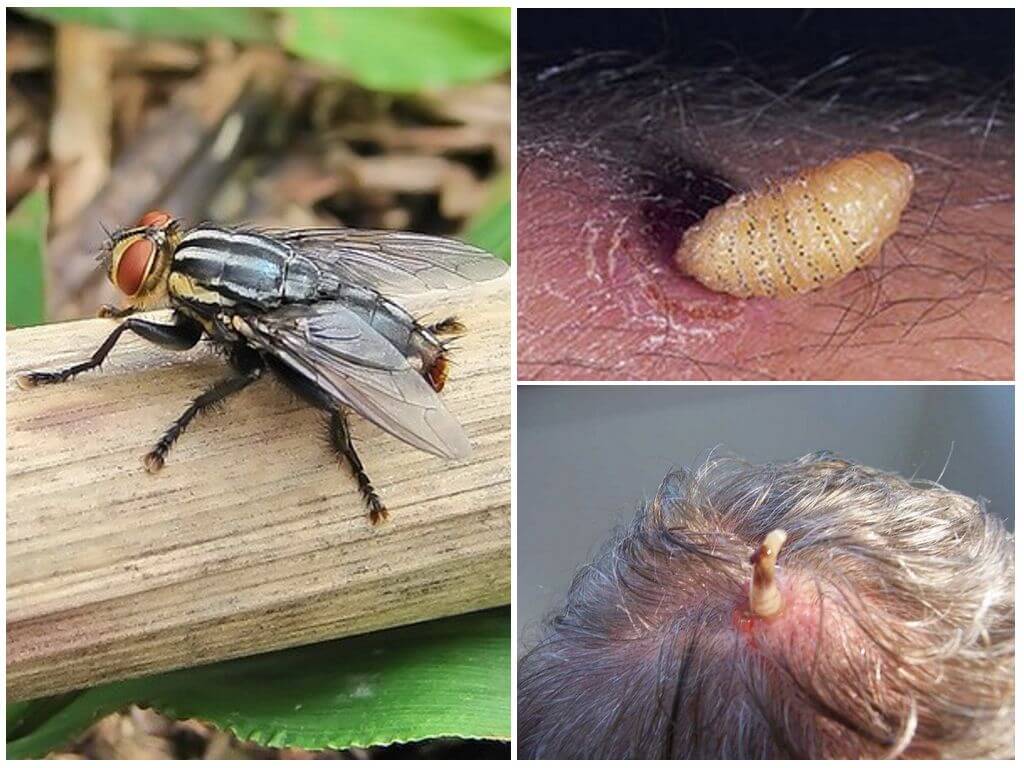- Human Skin Gadfly
- Gadfly Life Cycle
- Subcutaneous gadfly
- Gastric gadfly
- Full-view gadfly
The insect gadfly is a representative of parasitic flies from the family of dipterans, which live exclusively near humans or other large mammals, because they use a specific method of reproduction.
Biological description of the gadfly
There are more than 50 types of gadflies in the world, but only one of them can harm a person by attacking him - this is human skin (Dermatobia hominis), which lives only in South America (see photo of the gadfly).
Interesting!
Outwardly, the human gadfly is very similar to a black fly, but with a yellow head, orange legs and large eyes, its size reaches 12-18 mm. In the forests of Mexico, Argentina and other countries of Central and South America, locals call this dangerous gadfly for a person differently: "green yellow-legged fly." The disease that it causes is called dermatobiasis. Infected people can spread the disease to other countries.
Gadfly - an insect with large eyes, having a furry trunk measuring 13-17 mm and translucent light wings. Thanks to the huge faceted eyes shimmering in all colors of the rainbow, the gadfly looks very original.
The peculiarity and danger of such an insect lies in the peculiarities of reproduction, because it uses the body of mammals: livestock, horses, and sometimes humans to carry offspring. Very often in place large gadfly bite inflammation develops, which requires the intervention of a doctor or surgery.
Gadgets live practically all over the world, except Antarctica, but prefer warm and temperate climatic zones. In Russia, gadflies are found mainly in the southern and temperate latitudes, they attack livestock or wild animals in the forest.
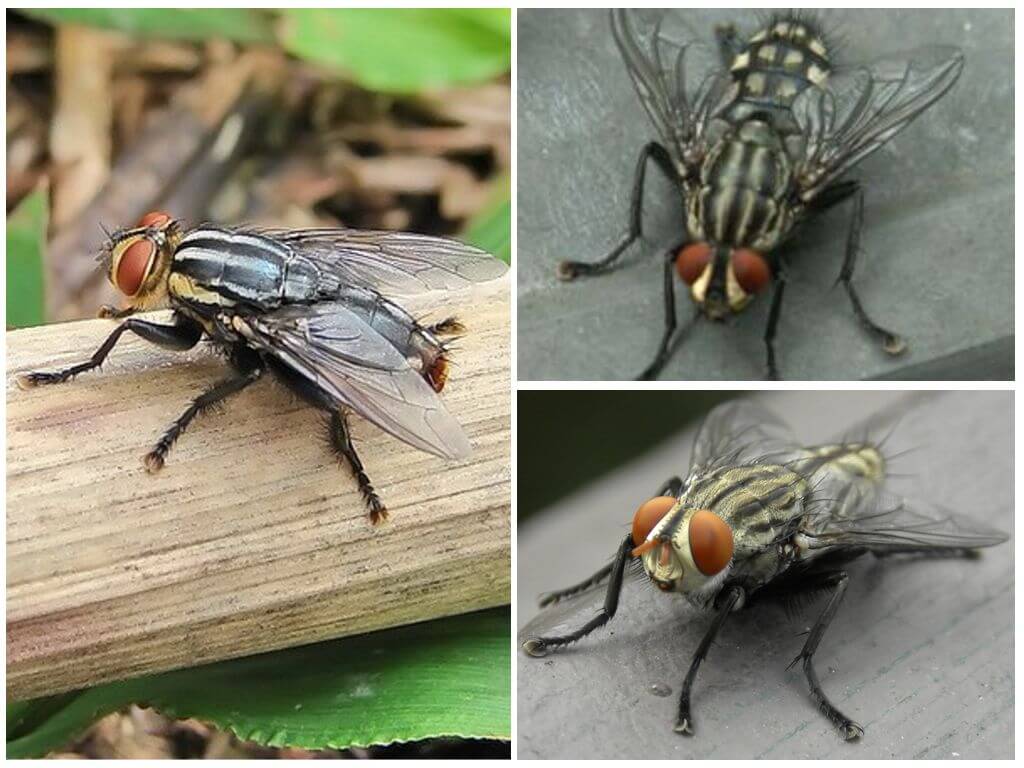
There are deer, horse, gastric, sheep and other types of gadflies, which differ in the mammal in the skin to which such flies lay eggs.
Interesting!
Not all types of gadfly beetles make clutch after a bite; some attach eggs to the animal’s hair or grass so that livestock subsequently ate it. Another original way is to lay the larva with a small gadfly on the back of the mosquito, which is carried out right in flight.
Life span
Gadfly is a complete transformation insect that goes through the entire development cycle from the egg through the phases of the larva, pupa and imago. The life cycle lasts a whole year. Moreover, adults do not have the ability to eat, but exist, thanks to previously accumulated substances in the body at the stage of larvae.
How many gadflies live depends on the air temperature and how quickly the insect can attach its offspring. Females try to choose a suitable place on the victim’s skin, where there is less hair, attaching several eggs to each hair. On average, the life span of an adult is 3-20 days.
To answer the question of where the gadfly comes from, it is necessary to consider all phases of the development of the insect.
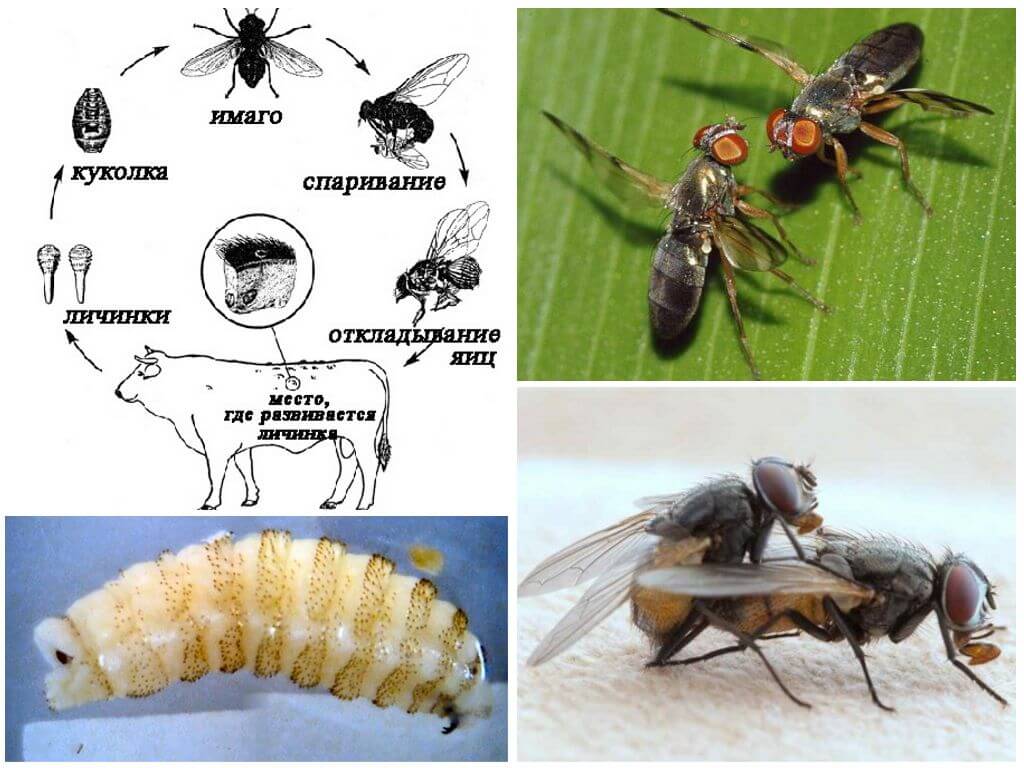
The life cycle consists of several periods and stages:
- Stage 1 larvae - develop inside the laid eggs for several days (the rate of development depends on temperature), and then begin to invade the host body.Some gradually penetrate into the blood vessels, then move to the spine and reach adipose tissue along the spinal canal, others move closer to the esophagus to settle in its mucosa.
- Larvae of the 2nd and 3rd stages migrate further to the area of the back and lower back of the animal, here they form capsules of connective tissue. For subsequent development, they need oxygen from the atmosphere, so they make moves right in the skin of the host, called fistulas. In the future, they molt, after the completion of the 3rd stage, the already mature larvae through holes go outside and, leaving their capsules, fall to the ground, then pupation begins.
- Pupa is a phase that occurs within 1-7 days after the larvae fall out of the fistula on the host’s skin, pupation rate and pupa development depend on the temperature and humidity of the environment and lasts 33-44 days.
- The emergence of adult individuals (adults) from pupae occurs in a few seconds, and the emerging fly is already ready for mating and can fly.
Interesting!
Since the life of the gadfly is very short, the gadfly does not fall asleep in the fall (this is a common misconception) - adult individuals die. The winter period is experienced by individuals in the body of their master.
Varieties of gadflies
Gadgets differ in the type of animal on which they lay their eggs and in the place where they are laid.
Subcutaneous gadfly
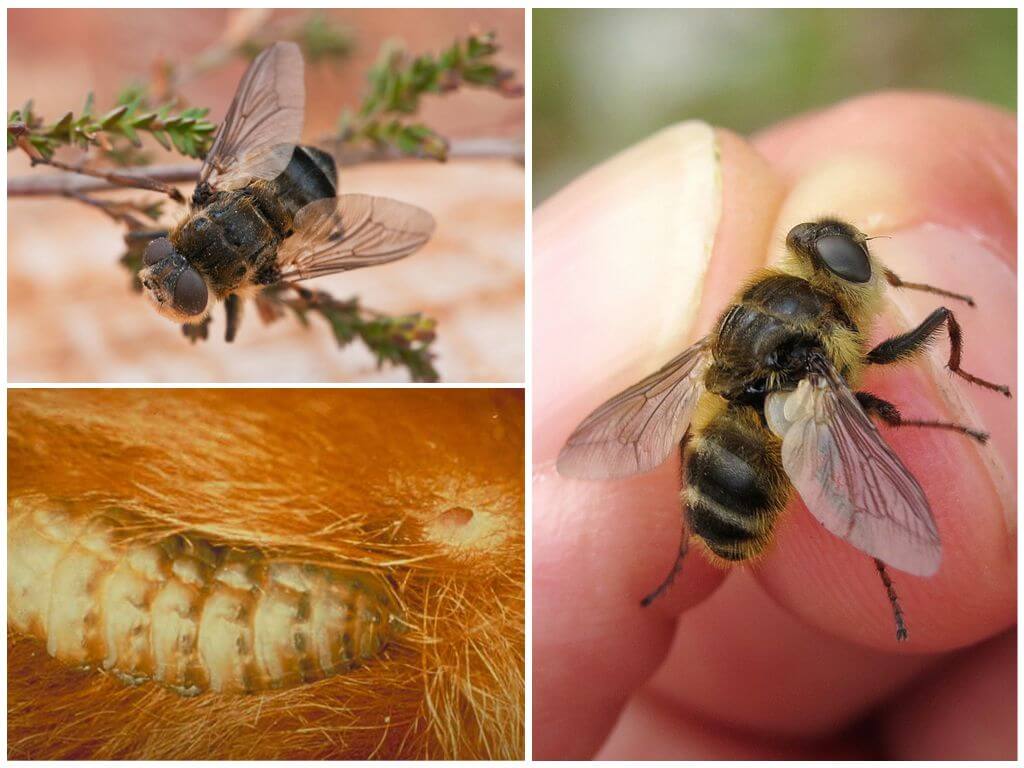
This species (Hypoderma bovis) is also called a striped or bovine gadfly, because the female lays on the wool of the limbs of cattle (cows, bulls, etc.). After exiting the shell, the larva easily bites through the skin in such a place and moves to the tissues of the esophagus, then back, which results in the creation of large sores on the body of the animal. Through such nodules, air is accessed to the spiracles of the larva, and they find nutrition by pulling substances from the surrounding tissues.
After maturation, the larvae of the striped gadfly fall down from the nodules and pupate on the ground in order to turn into an adult fly after a certain time. All these actions cause pain and torment for their victim, who has holes in her skin, which makes her worthless.
On a note!
Cases when gadfly larvae settled in the human body and even in the eyes, which led to great health problems. To remove the larvae from the eye, you have to resort to surgery.
Gastric gadfly
The gastric insect species (lat. Gasterophilidae), which includes horse gadfly, parasitizes on donkeys and horses. This insect is yellow-brown in color, covered with yellow hairs, the abdomen is yellow-black, the size of the gadfly is 13-16 mm. The wings are covered with small dark spots.
The gadfly fly (photo below) lays eggs on the hair in the area of the head, legs of the animal or on plants intended for food. After maturation, the larvae begin to actively feed, moving along the digestive tract, from which they are then excreted.
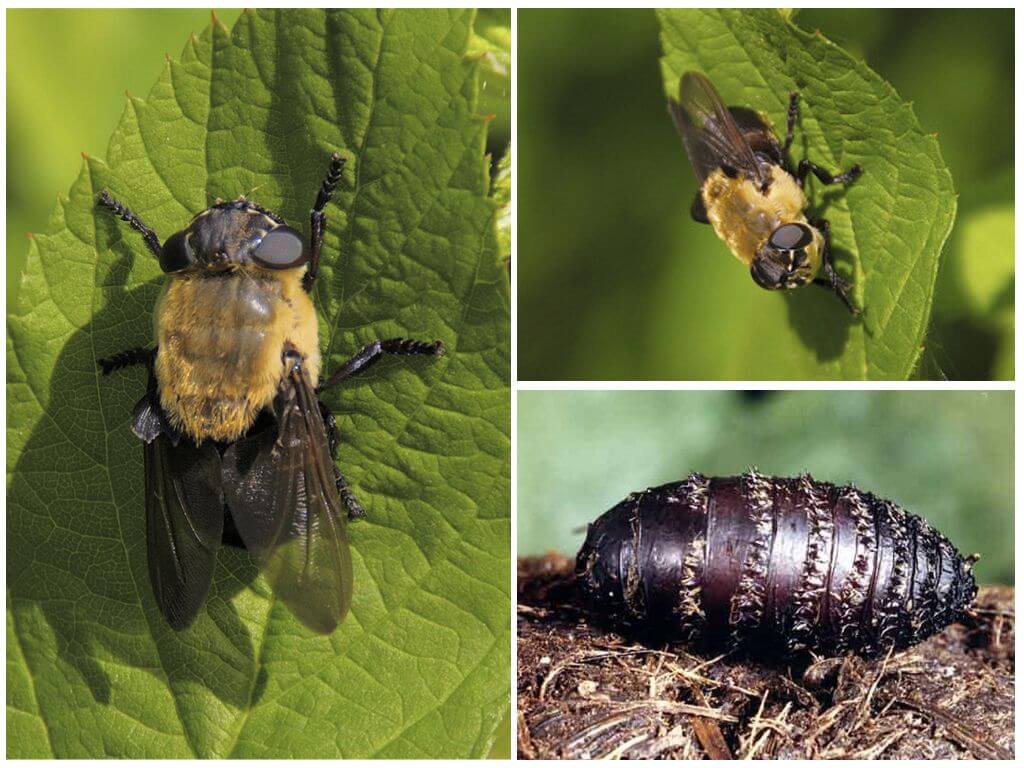
On a note!
During the movement, the gadfly larvae make moves, perforating the skin in several places, which gives the host an unpleasant sensation of itching. As a result of parasitizing them in the stomach, the victim often becomes ill with catarrh or other diseases of the digestive system.
Abdominal view
Representatives of this species are insects:
- sheep gadfly (Oestrus ovis), which uses the wool of domestic sheep or goats for breeding;
- Russian or Russian gadfly (Rhinoestrus purpureus) - parasitizes on donkeys and horses.
Hollow gadfly refers to viviparous insects in which females are able to give birth to larvae and spray them into the eyes and nostrils of an animal or person during the flight. Their development continues in the skin of the eyelids, on the mucous membranes of the nasopharynx or eyes and even inside it, for which they are also called nasopharyngeal gadfly. When moving the larva inward into the head, they settle in the areas of the frontal or nasal sinuses, in the pharynx or ethmoid bone.
On a note!
Gadfly larvae feed on surrounding soft tissues for 3–9 months. Scientists attribute this type of insect to endoparasites, which can cause various diseases.
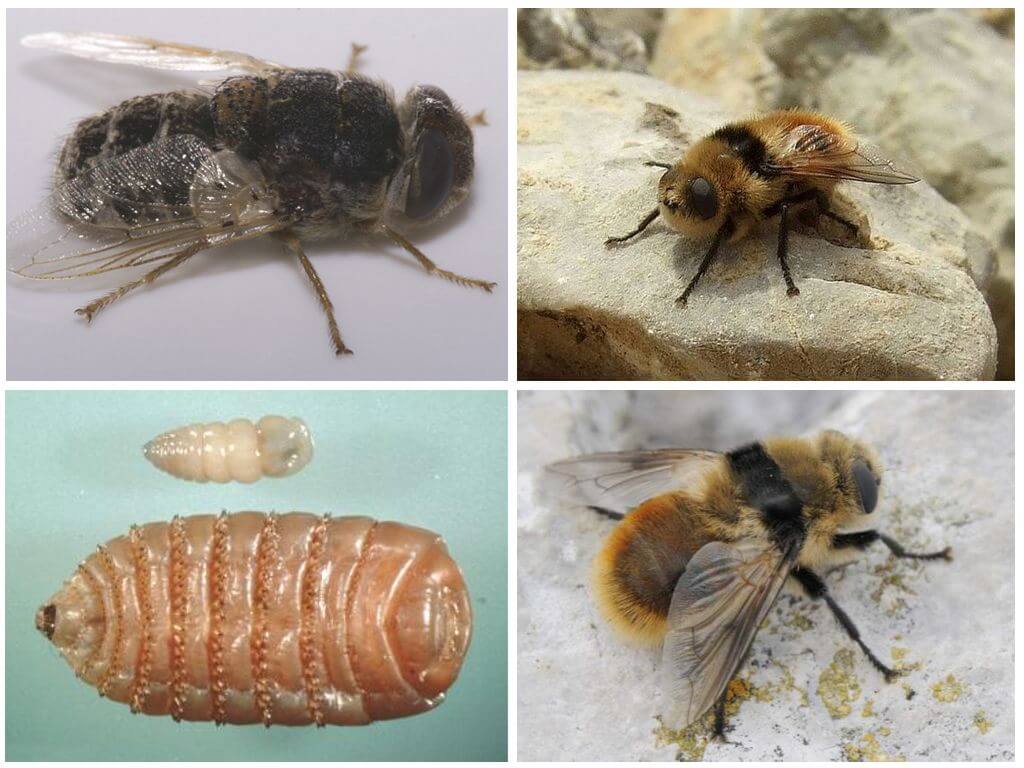
One of the representatives of the cavity species is deer gadfly or the northern hypodermic, which massively larvae lays under the skin of animals. With multiple holes in the skin, deer often lose strength, and weakened ones simply die.
Mating and flying
Mating occurs almost immediately after it is born from a pupa. Scientists note that during this period males live each year in the same place where they fly for mating. Further, the fertilized females begin to actively search for future hosts for breeding.
The masonry method depends on the type of female insect:
- The line usually flies over the herd of animals, making characteristic sounds that scare them. Having chosen the owner, she makes a laying for each hair, one egg;
- The female esophagus has a different strategy, it sneaks up to the victim unnoticed, making small flights or crawling, then quickly lays 5-20 eggs on the hair.
The number of eggs in the female’s abdomen can reach 700, and a larva will subsequently hatch from each, which will gnaw its prey. Due to such high fecundity, insects reproduce well even with a minimal number of adult individuals and their short life. They have few enemies: among those who eat gadfly and other flies. and bugs - only birds.
The period of flight and mating of gadflies occurs depending on the climatic zone of habitat: in the southern regions it is longer, in the northern regions it is shorter.
